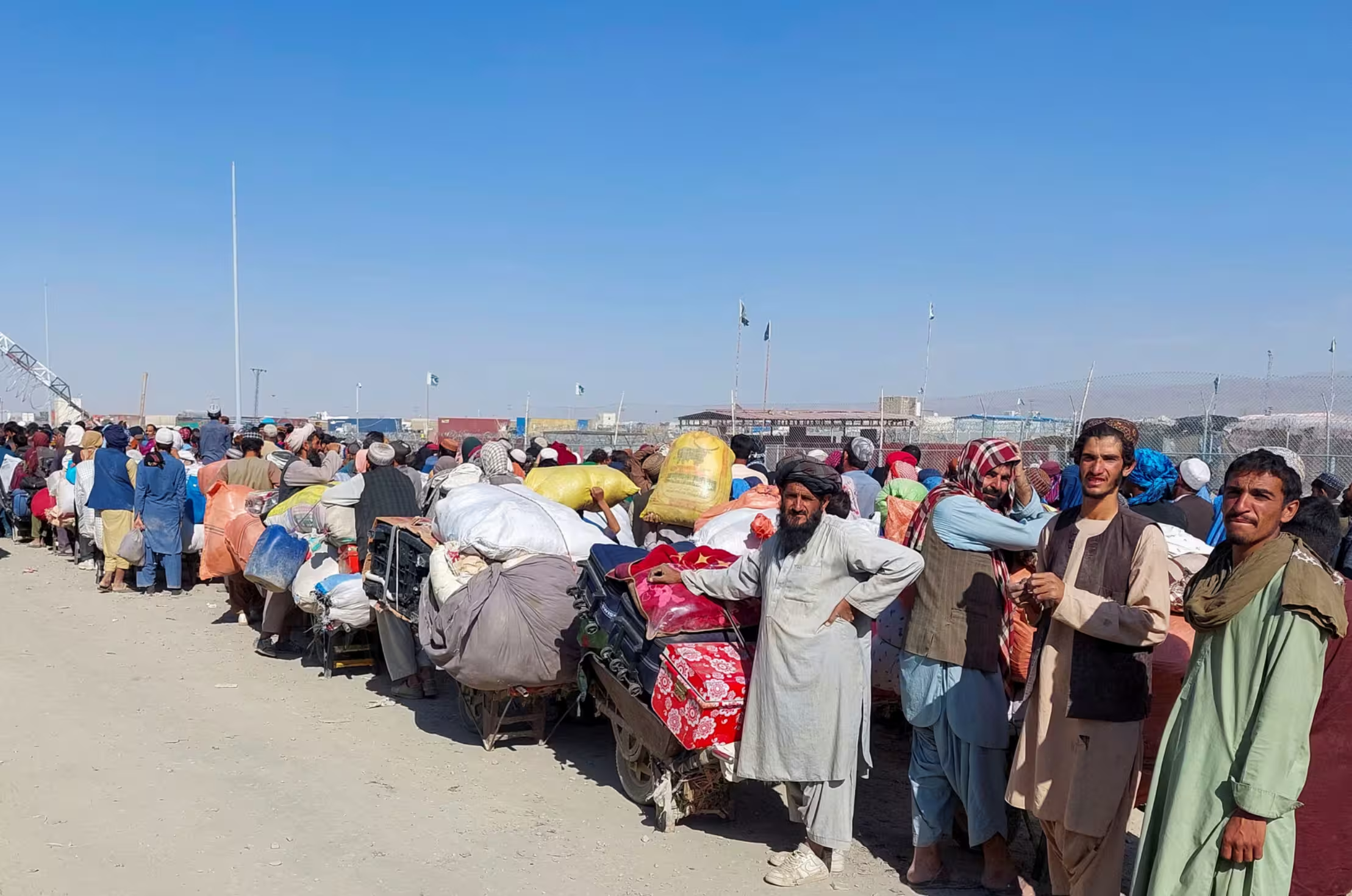The International Organization for Migration (IOM) has reported a rise in the return of Afghan migrants from Iran, with nearly 370,000 people crossing back into Afghanistan over a two-week period in July.

IOM said the sudden surge includes vulnerable groups such as pregnant women, unaccompanied children, elderly individuals, and people with disabilities. Many of those returning are in urgent need of medical assistance, shelter, and protection.
The influx began intensifying in mid-June, with thousands of families arriving daily through the Islam Qala border crossing in western Afghanistan. Most are arriving under difficult and often hazardous conditions, with little or no resources to support themselves.
“These returnees are exhausted, afraid, and extremely vulnerable,” IOM said in a post on X (formerly Twitter).
The agency noted that its emergency response teams at the border are stretched to the limit, and operational capacity is nearing collapse.
The UN agency warned that without immediate international assistance, the current support system could be overwhelmed, putting thousands of lives at risk.
Earlier, the UN human rights office warned that the return of nearly 2mn Afghans in the first seven months of 2025 is fueling a growing human rights crisis.
Since January, over 1.9mn Afghans have returned from Iran and Pakistan. Iran accounts for the majority, having deported around 938,000 people—over half since mid-June. Pakistan has sent back more than 300,000 Afghans under its “Illegal Foreigners Repatriation Plan” launched in 2023.
Deportations of Afghans are increasing in neighboring countries. In Tajikistan, authorities reportedly ordered Afghan refugees in Vahdat to leave within 15 days as of July 8. Since October 2024, at least 485 Afghans, including 334 refugees or asylum-seekers, have been deported.
Follow Daryo's official Instagram and Twitter pages to keep current on world news.
Comments (0)